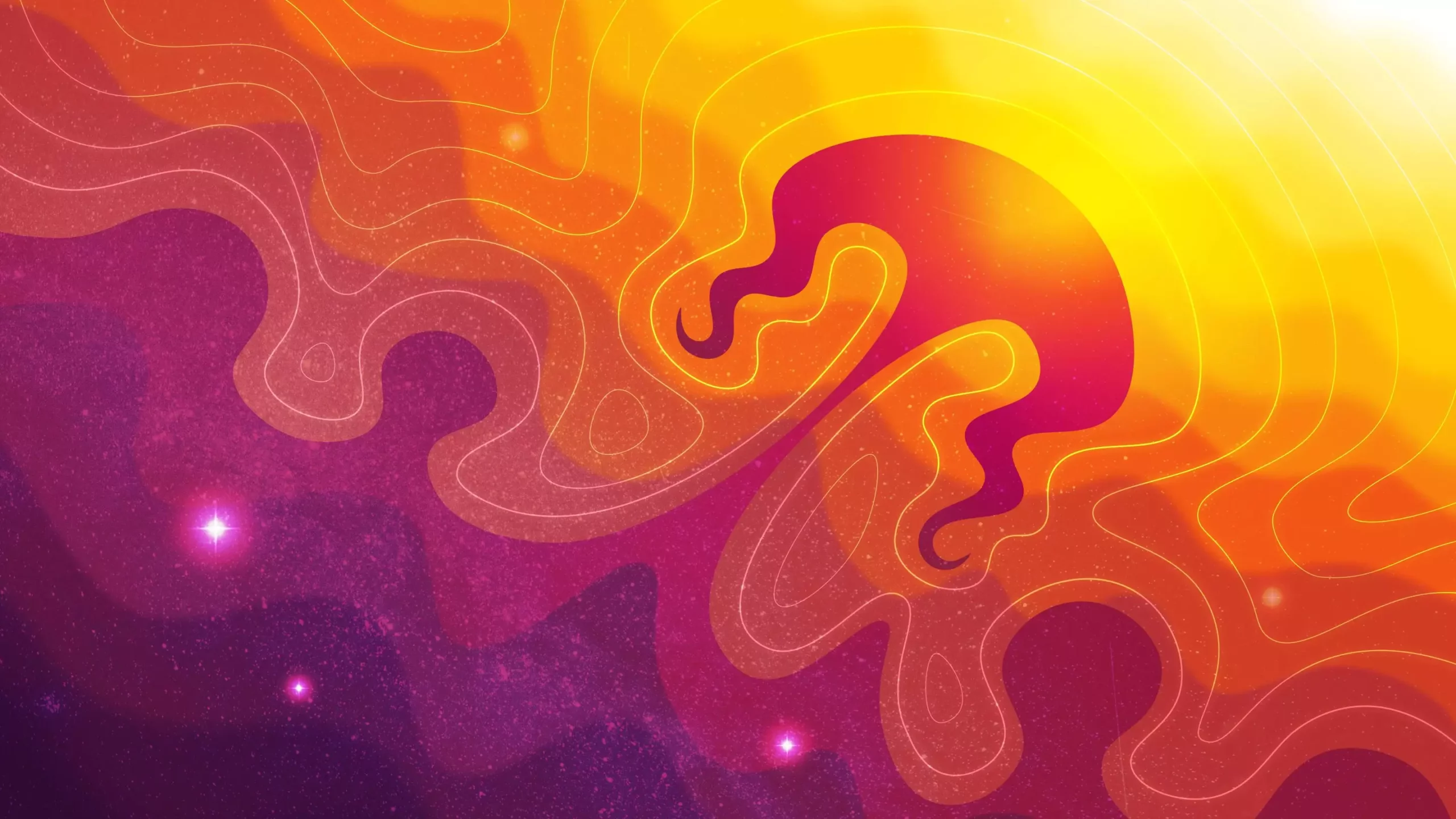In the quest to comprehend cosmic phenomena, scientists continuously turn their attention to the intricate behavior of plasma—the universe’s most abundant state of matter—especially as it interacts with the magnetic fields that permeate galaxies and fusion devices like tokamaks. Recent research conducted by scientists at the Princeton Plasma Physics Laboratory (PPPL) has unveiled remarkable insights into the sloshing and distortion of plasma in response to formidable magnetic forces. This work not only enriches our understanding of plasma dynamics but also simulates astrophysical processes, shedding light on the enigmatic plasma jets observable between stars.
The process begins with plasma, which, when subjected to immense pressures, begins to ripple and deform, giving rise to phenomena such as magneto-Rayleigh Taylor instabilities. Such instabilities occur when disparate densities meet, and researchers have long theorized they existed but have struggled to visualize them effectively. However, PPPL’s advancements in diagnostic measures using proton radiography have made it possible to capture these intricate events for the first time, paving the way for enhanced scientific understanding.
At the heart of these findings is a novel measurement technique that harnesses protons—subatomic particles found in atomic nuclei—to analyze plasma behavior. The PPPL team leveraged a powerful laser to ignite a small plastic disk, generating a plasma state that is both hot and dense. Simultaneously, by firing multiple lasers at a capsule of hydrogen and helium, they induced fusion reactions, producing protons and high-intensity X-rays. This interplay of laser energy and fusion provided the foundation for measuring the complex interactions between plasma and magnetic fields.
The researchers implemented an innovative mesh sheet with micro-holes to distinguish the direction and movement of protons as they navigated through expanding plasma and fluctuating magnetic fields. The alterations in the proton beam, compared to undistorted X-ray images, illuminated the dynamic nature of the magnetic fields as they contorted in reaction to the plasma’s pressure, leading to swirling, unstable structures reminiscent of cosmic jets.
One of the most profound implications of this research lies in its potential to unravel the mysteries surrounding astrophysical jets—immense streams of plasma that project from phenomena such as black holes. Previously shrouded in ambiguity, these jets showcase extraordinary lengths, often dwarfing entire galaxies. The PPPL results suggest that the reactions and compressions observed in this controlled laboratory setting may parallel the forces at play within the cosmic arena.
The implications resonate through the work of lead scientist Sophia Malko, who expressed excitement over the newfound insights: “This experiment allowed us to observe magneto-Rayleigh Taylor instabilities, a definitive leap in our understanding of how expanding plasma interacts with magnetic fields.” Discovering these interactions may contribute significantly to theoretical astrophysics, offering a potential pathway to exploring the origins of the powerful jets that stretch across the cosmos.
A Paradigm Shift in High Energy Density Plasma Research
The field of high energy density (HED) plasma is burgeoning—a focus area for the PPPL. Compared to traditional fusion plasmas, HED plasmas exist under even more extreme conditions, yielding insights that could transform both astrophysical understanding and practical applications. According to researcher Will Fox, the PPPL’s capacity for precise diagnostics enables scientists to probe deep into the complexities of these energetic states, potentially aiding industries ranging from microelectronics to advanced energy solutions.
Moreover, the collaboration between PPPL and various prestigious institutions—the University of California-Los Angeles, Sorbonne University, Princeton University, and the University of Michigan—demonstrates a concerted effort to integrate diverse expertise in pursuit of shared scientific goals. Such partnerships enhance the knowledge pool and foster innovation across multiple domains within plasma physics, driving the field forward.
The Future of Plasma Physics and Astrophysical Insights
As the PPPL research team prepares for subsequent experiments, they aim to refine existing models and delve deeper into the dynamics of expanding plasma. The discrepancies observed between density and magnetic interactions unveil a new layer of complexity previously underestimated. Malko emphasized, “Now that we have a more nuanced understanding of these instabilities with high precision measurements, we can improve our models and potentially simulate astrophysical jets with unprecedented accuracy.”
This research serves not only as a tool for scientists to replicate cosmic phenomena but also as an entry point for understanding the conditions that govern both our universe and the design of future technologies. The convergence of experimental physics and astrophysics showcases man’s ingenuity, offering tantalizing prospects of replicating cosmic forces in a laboratory environment—an extraordinary feat that reflects our incessant curiosity and quest for knowledge.

